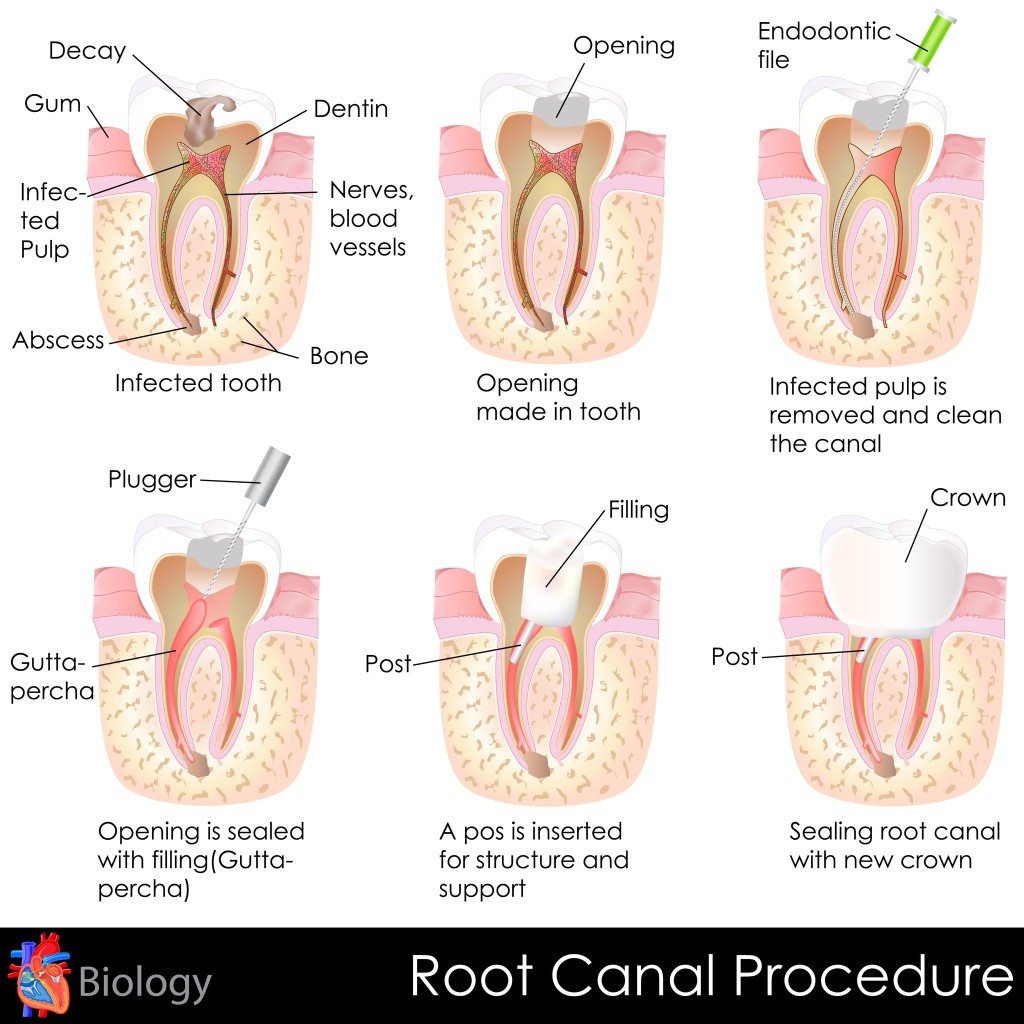 Root Canal Therapy is advised by dentists when the caries or dental infection has reached the level of the soft tissues nerves. It is critical to get immediate treatment in this case to prevent complete loss of the tooth structure or chances of severe pain and swelling. Dr. Michelle Mendoza will ensure a safe, painless treatment to halt the progression of caries and to prevent further tooth decay or loss of tooth structure.
Root Canal Therapy is advised by dentists when the caries or dental infection has reached the level of the soft tissues nerves. It is critical to get immediate treatment in this case to prevent complete loss of the tooth structure or chances of severe pain and swelling. Dr. Michelle Mendoza will ensure a safe, painless treatment to halt the progression of caries and to prevent further tooth decay or loss of tooth structure.
It is important to note that once the infection reaches the nerves and vessels, the tooth can only be saved with the help of a root canal treatment, or it would otherwise have to be extracted. While the latter may seem like a quicker solution to the problem, it has a number of disadvantages in the long term and leading dentists encourage saving the tooth with a root canal therapy. Some of the common signs and symptoms of such a decay of the tooth include abscess of the gums, unbearable pain, swelling or inflammation of surrounding tissues and sensitivity; however, in some cases none of these signs may be present and the decay can only be detected using specialized radiographs called Periapical X-rays.
The Procedure:
Depending upon the location of the tooth in the arch, the procedure may be completed either within a single visit, or in multiple. For instance, posterior teeth have more canals and therefore require more time; whereas anterior teeth can be successfully restored within a single day.
- Conventional Root Canal Therapy involves achieving complete isolation if the affected tooth using a rubber dam.
- With adequate isolate in effect, the dental surgeon then creates an opening on the tooth to shape and clean the canals. For this purpose fine, specialized files are inserted into the canals in order to remove the infected pulp, bacteria, debris and tissues.
- Once the canals have been cleaned, the surgeon places a temporary filling material on the tooth. The patient is then recalled after a few days for the next appointment.
- During the second appointment, the surgeon fills the previously shaped and cleaned canals with an endodontic filling material.
- Most root canal therapies involve removal of caries first, and therefore reduce the tooth structure. It is for this reason that patients are advised to get crowns for root canal treated teeth in order to restore their structural and functional integrity.
After a successful root canal therapy, the patient should never experience pain in the same tooth again. Dr. Mendoza provides patients with certain guidelines and oral hygiene instructions for ideal maintenance of the tooth.








